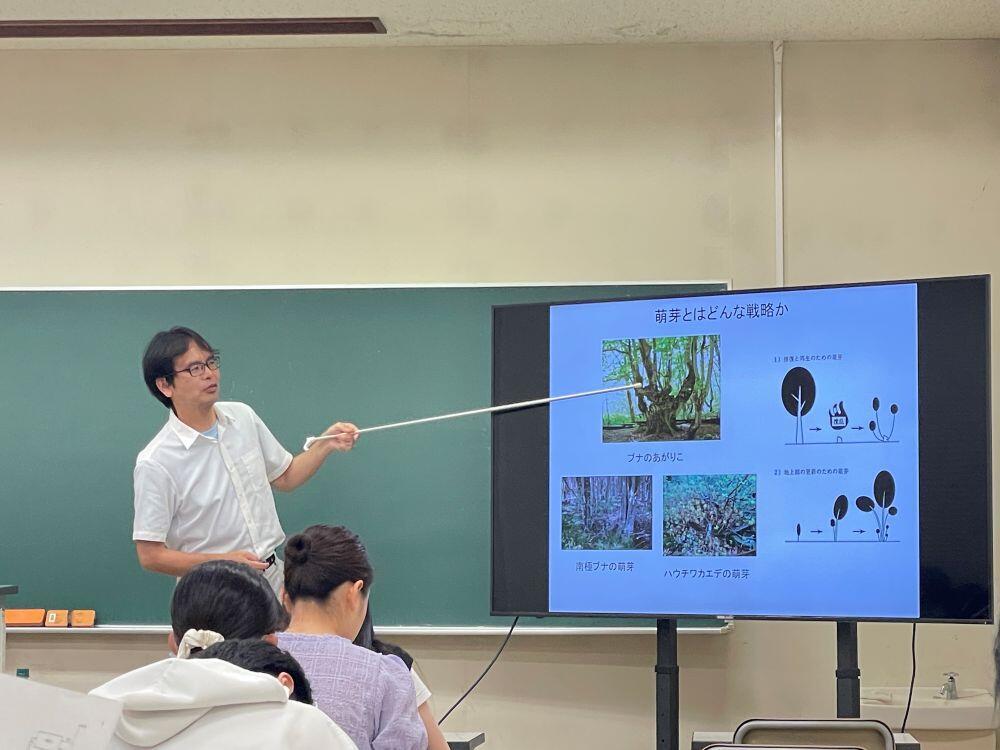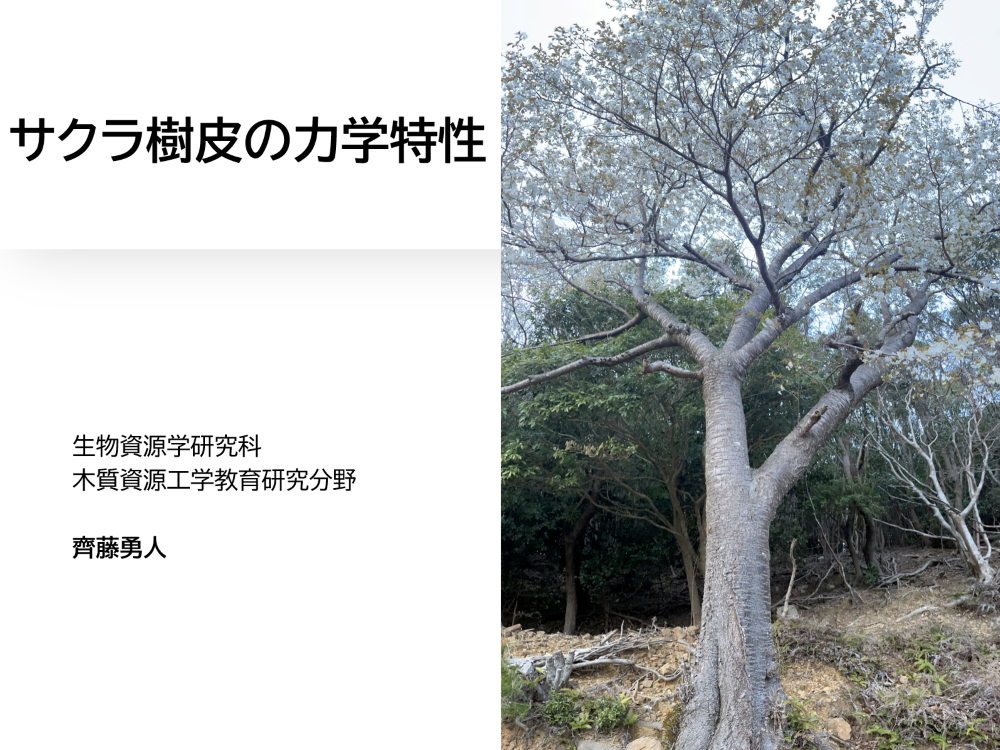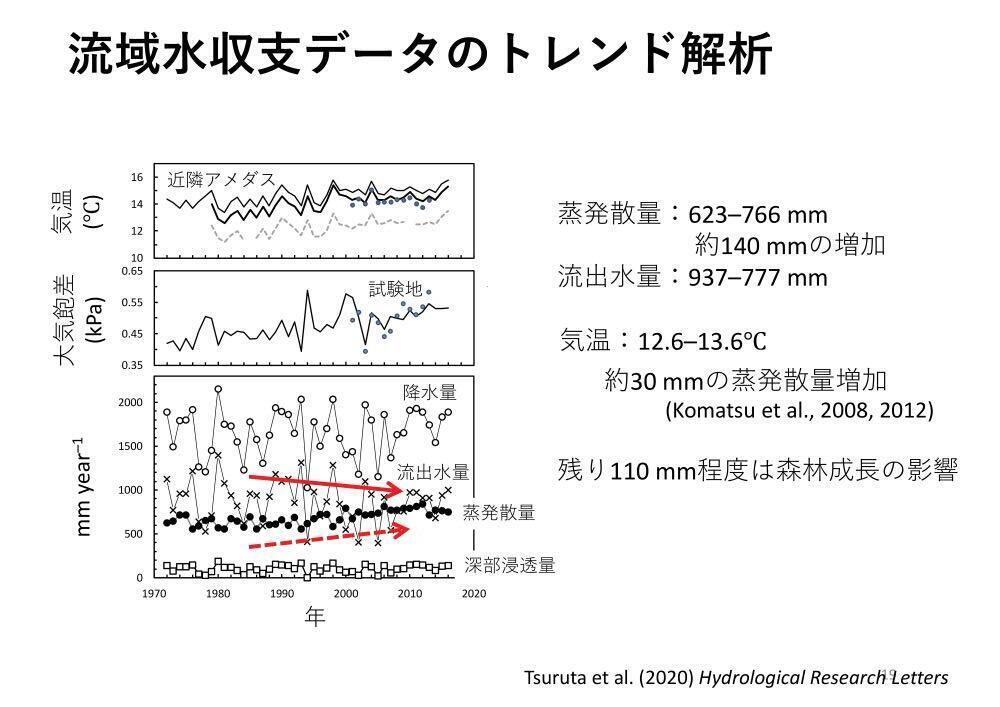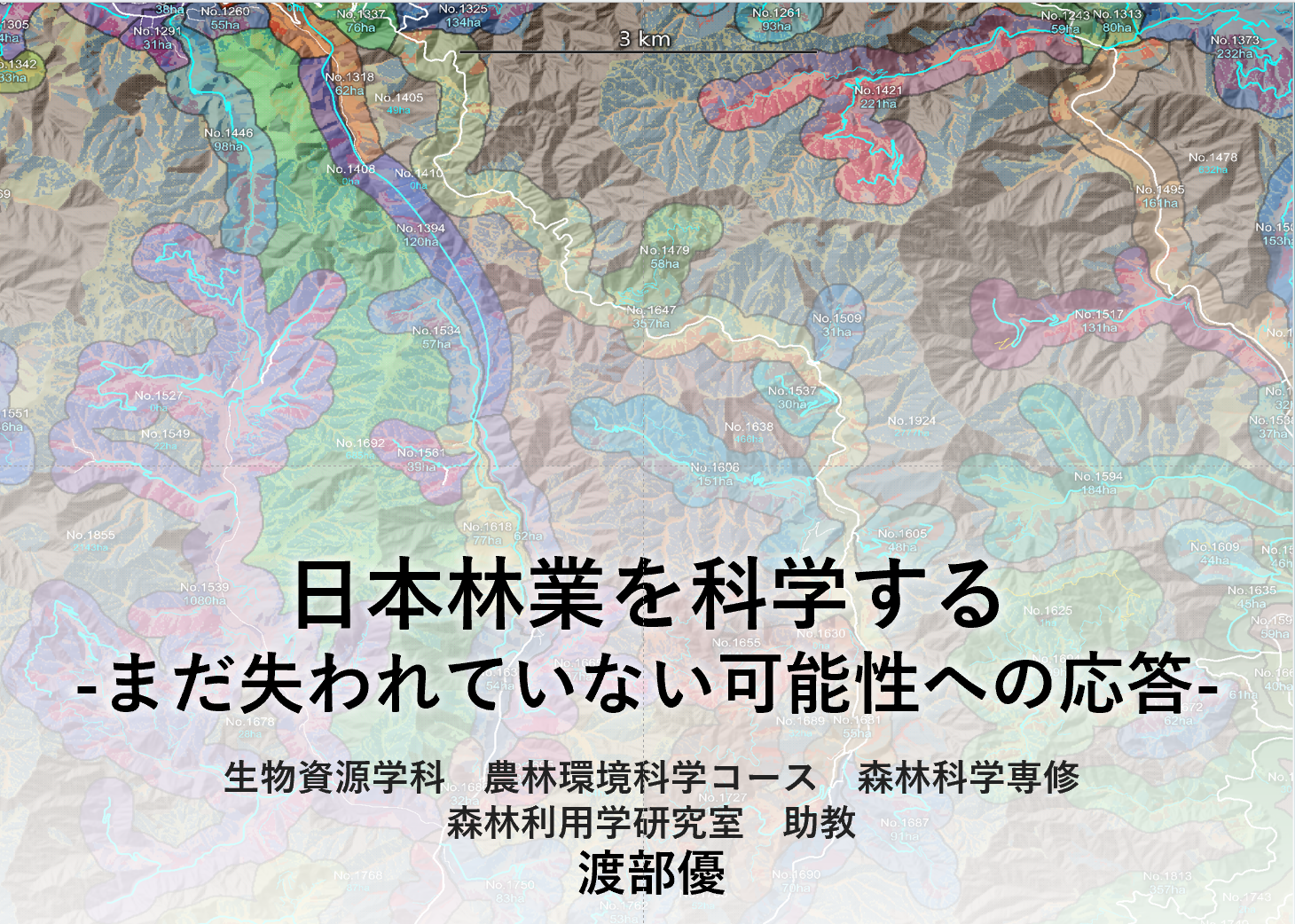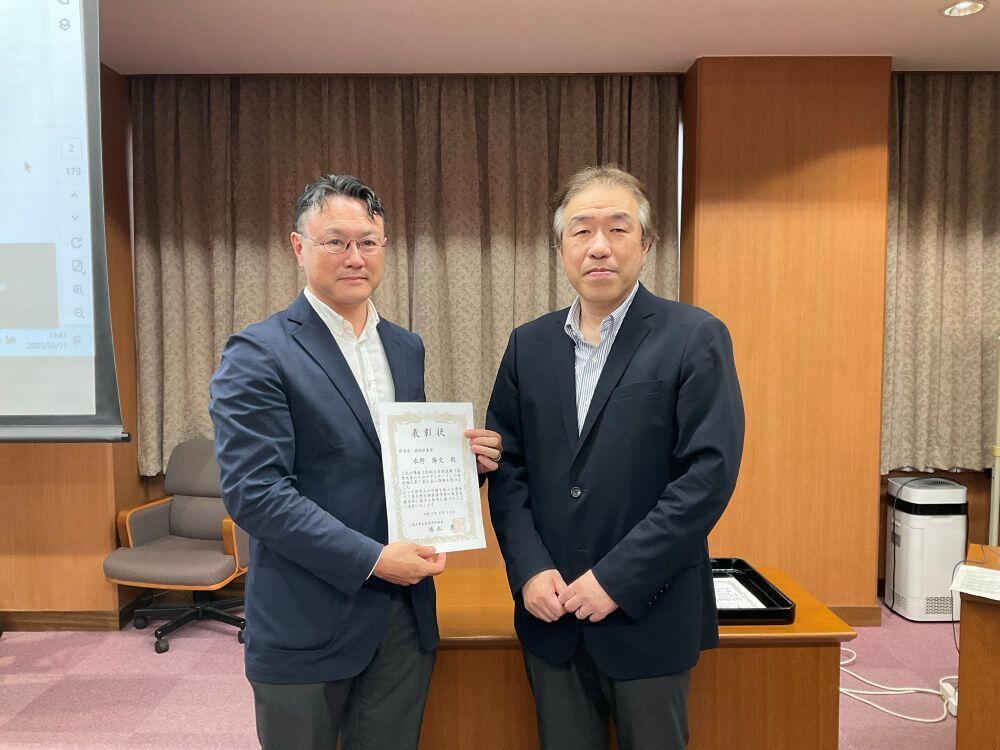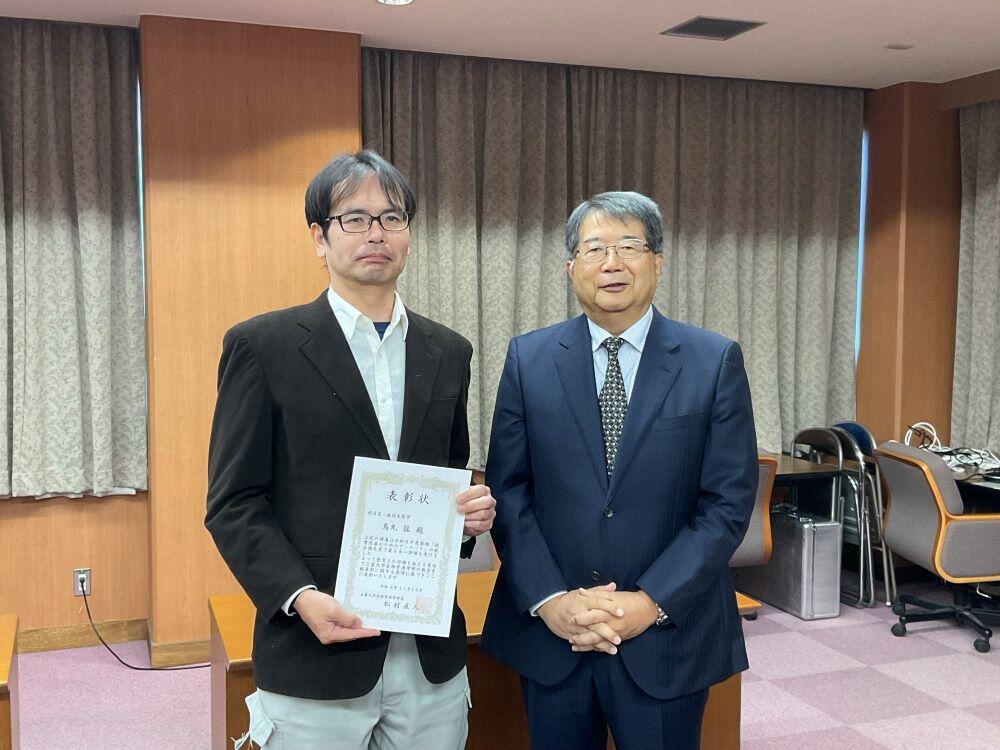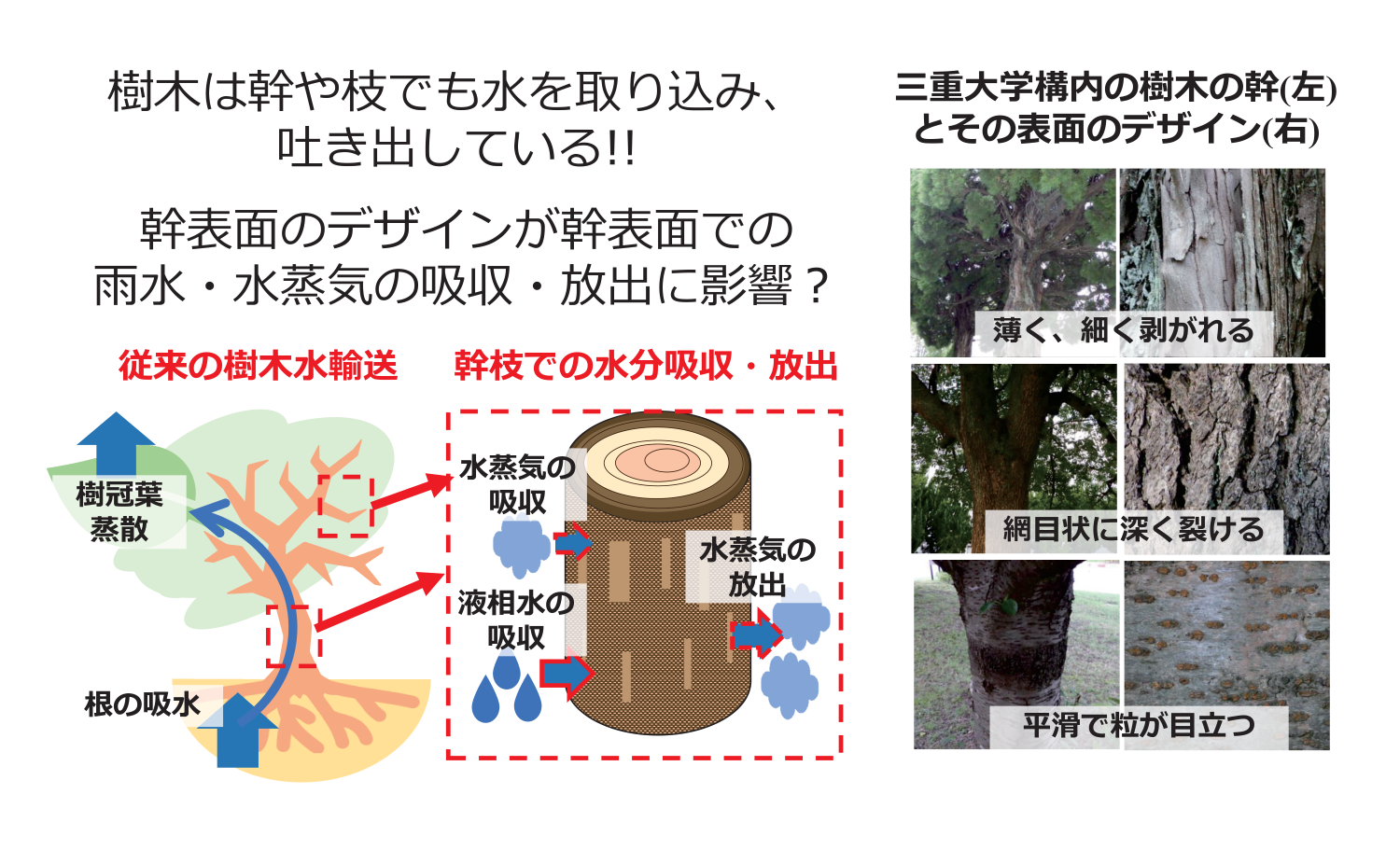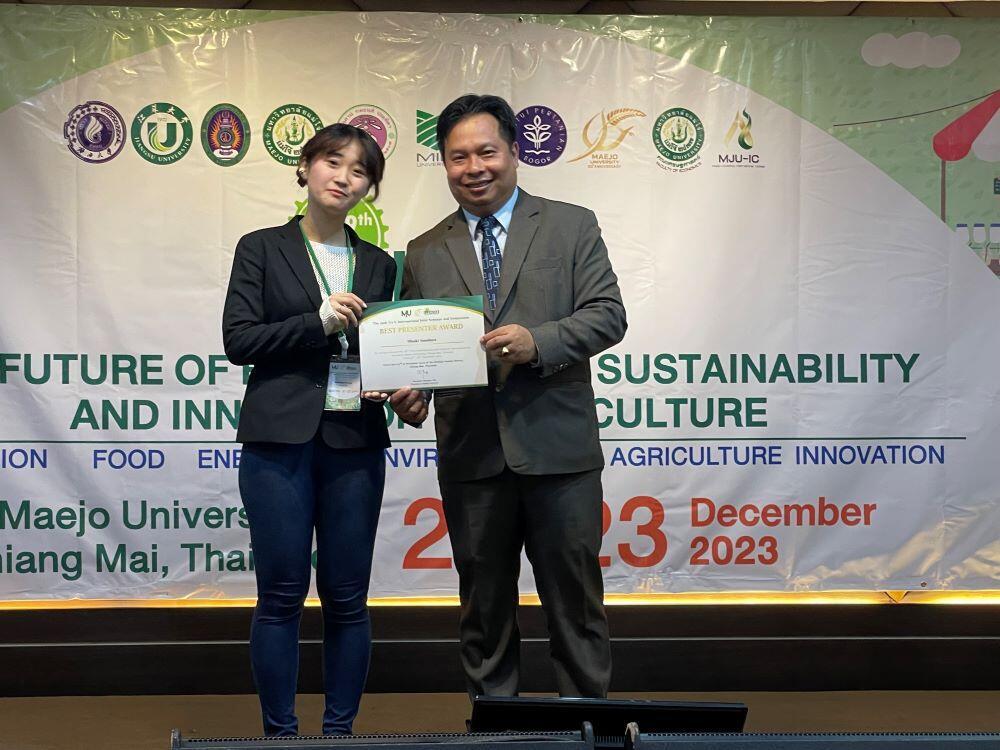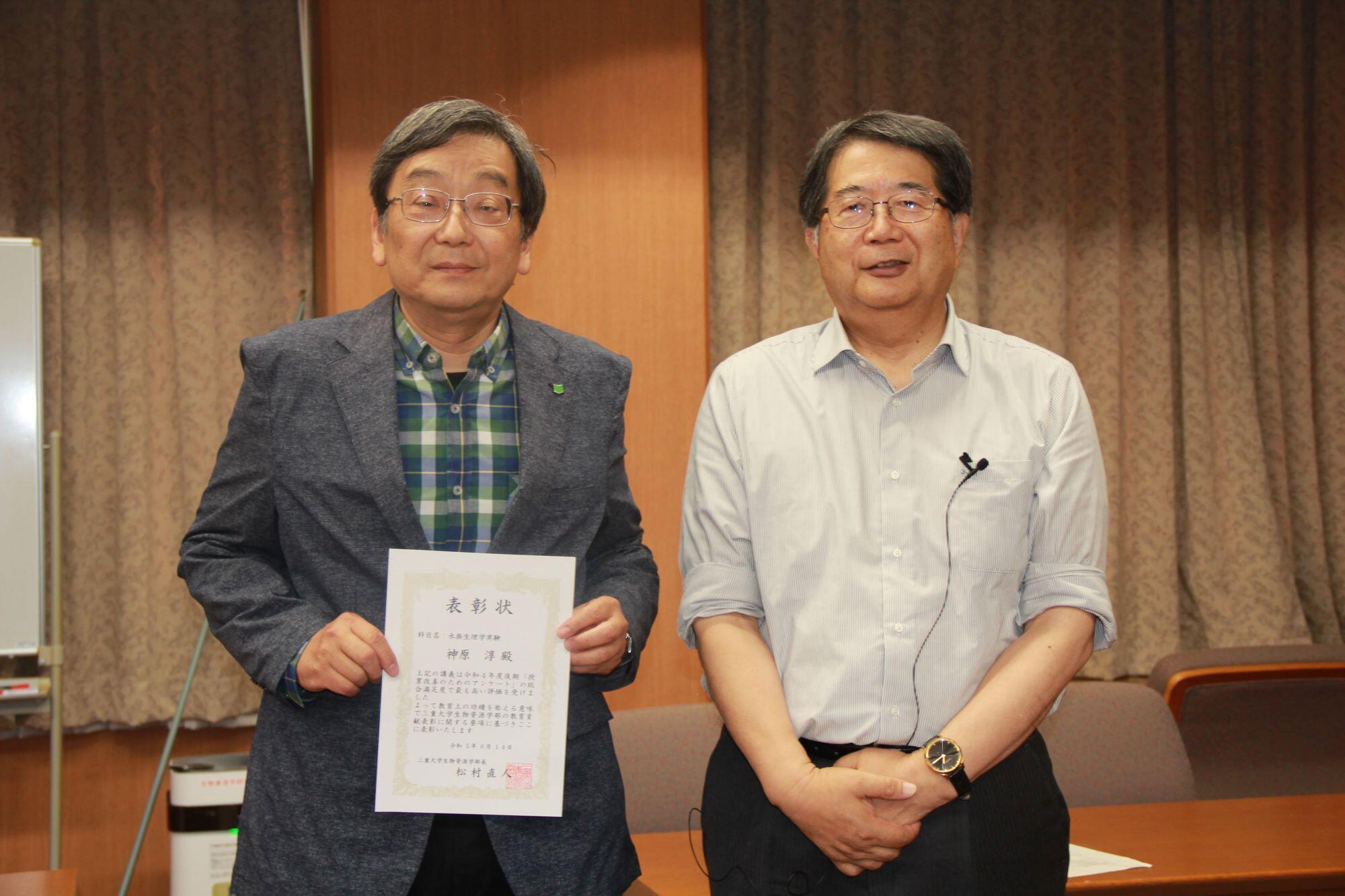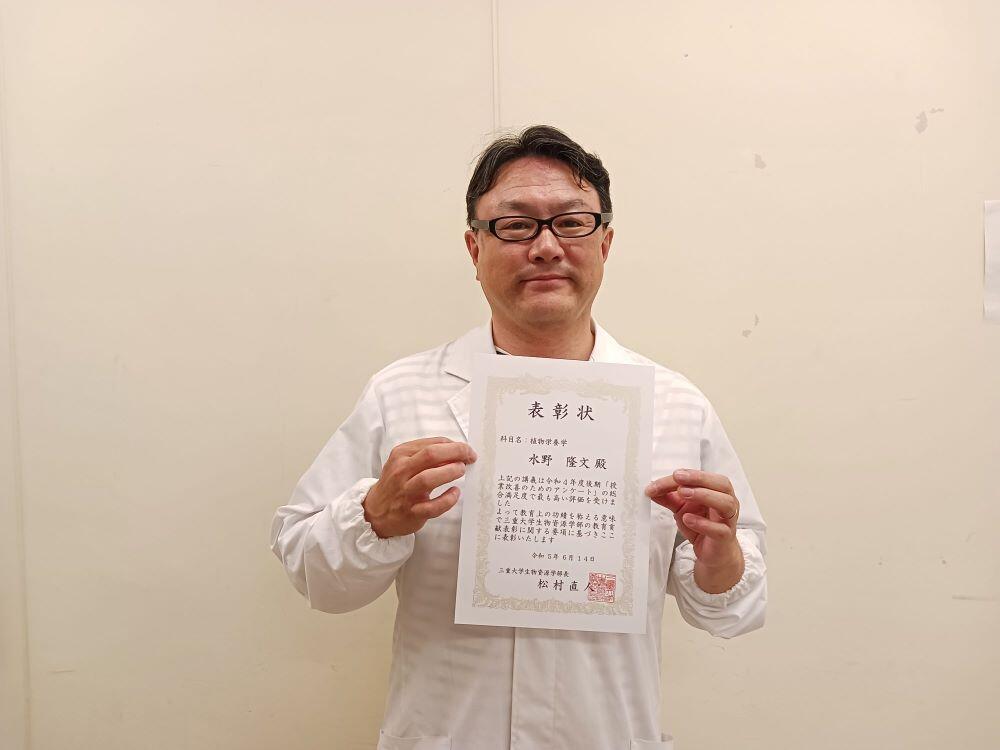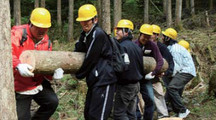
Forests are an enormous community which covers about 30 % of land and reach up to 90% biomass in the world. Thus, forests play important roles in maintaining global environments. Simultaneously, importance is focused on forests because of producing reusable resources. Furthermore, various ecosystem functions such as land and watershed conservations, regulating the meteorological environments and providing recreational activities are involved in forest environments. From these points, forests are indispensable to human life. For the purpose of making full use of various functions of forests as environmental and material resources, this course is intended to teach and research on comprehensive and professional theory and technology related to forests and forest production. These include such topics as ecology, botany, mycology, soil science, chemistry, physics, and information science.
Laboratories
Forest Conservation Ecology
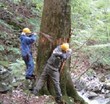
Focusing on the forest tree species, that is the fundamental element of forest ecosystems, we explore the mechanisms that maintain ecosystems by monitoring the diversity and structure of natural forest communities and investigating the habitats of individual trees. Furthermore, we analyze the genetic diversity of forest tree species using the DNAs isolated from leaves.
Forest Mycology
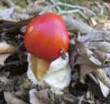
In our laboratory, we are studying the species diversity and functional significance of microorganisms especially ones associated with woody and herbaceous plants, i.e. mycorrhizal fungi, bacteria and nematodes to unveil matter and energy flows and to conserve endangered plants in forest ecosystems. For this purpose, students will have expertise in comprehensive forest microbial ecology through field activity as well as laboratory works of isolation, microscopy and molecular analyses.
Soil Science and Plant Nutrition
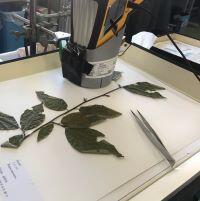
In our laboratory, we have acquired the techniques of chemically analyze for soil and plants, and are conducting research on the adaptation of plants to the growing soil and the mechanism of excess and deficiency for each element. In recent years, we have been conducting research on nickel-iron nutrition in serpentinite soil, which is characterized by oligotrophic and high metal. Now we have started analysis of plant specimens owned by museums and the like. , We are proceeding the construction of an "element accumulation database" for wild plants in Japan, using XRF analyze method and plant specimens of museums.
Forest Environment and Sediment Control Engineering

Sediment related disaster triggered by various factors, e.g., heavy rainfall, earthquake, or volcanic eruption causes serious damage to the society and human. In our research field, we have conducted researches elucidating mechanisms of sediment transport phenomena which lead to the disaster, for the purpose of disaster prevention and mitigation. We have also investigated forest environment changed by natural or artificial impacts, and tried to restore it properly in terms of disaster prevention and mitigation. We aim that outputs from those researches can be practically used in the societies in Japan and overseas to mitigate damages by sediment related disasters.
Forest Engineering
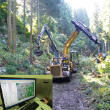
In our country, about 70% of country areas are the forest. It is important resources for our daily living, and habitation of the creature. For sustainable forest management, using techniques of forest utilization and forest information science, we study "operating system to reduce production costs", and "clarifications on long-term changes in the wide area of forest".
Wood Science and Technology
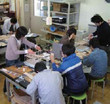
Wood has long been important in our daily lives with its use as a building material, in furniture, and as part of other commodities. It is a permanently utilizable material that is naturally derived and generated daily through photosynthesis. The hollow fibrous structure of wood confers various properties to it. For example, wood is lightweight yet strong, it offers high heat insulation, and it has a significant ability to adjust to humidity. The major research goals of our laboratory are to [1] apply theoretical knowledge to the effective utilization of wood, [2] propose technological applications for wood in residences, and [3] quantify the public benefit of wood utilization in modern society.
Woody Biomass Science
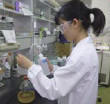
Wood is a sustainable renewable resource and lignocellulosic material composed of cellulose, hemicellulose, lignin and extractives. Aiming at utilize all components, our laboratory studies [1] separation technologies of wood components, [2] conversion and utilization of cellulose and lignin, [3] development of functional bio-fiber or biomass materials. Herbaceous lignocellulosic biomass like bamboo, sugarcane bagasse and sorghum stalk is also subject of our research.
Forest Planning for the Environment
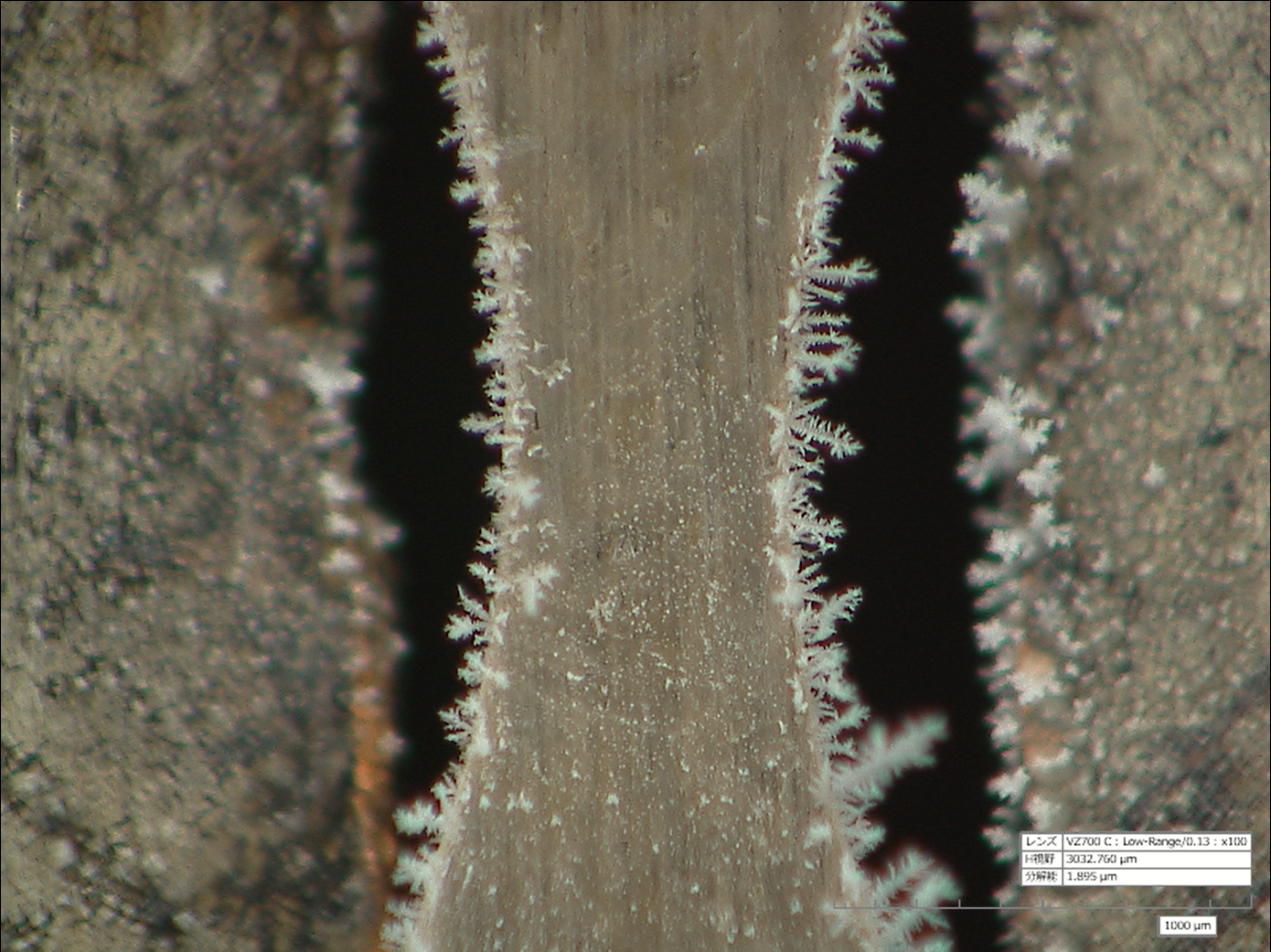
Research and education are carried out for planning, designing and supervising the development and use of land, forest and water resources, while paying attention to the conservation and restoring the natural environment. Making the balanced development and getting the agreement between human life and natural environment conservation are our goal. To reach the goal, issues concerning evaluation of watershed environment, management of ecosystem, creation of environmental equipment and safe space are investigated with socio-economic and natural scientific methodologies, or the integrated procedures using these methodologies.
Nature and Coexistence
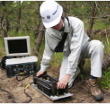
This laboratory aims to study and educate on the theory and techniques to develop human activities while maintaining healthy natural environment, and to provide related capacity building. As a member of graduate school, this laboratory addresses problems such as forest degradation and ecosystem fragmentation as well as issues such as conservation of biodiversity and natural environment to reveal the desirable relationship between nature and human society, targeting neighborhood forests, mountains close to rural residences (Satoyama) or forests in the suburbs.
Wood Science and Technology-FFPRI

Our laboratory targets production forests that have reached the logging season. Using the latest equipment, we identify the species of woods, drying, cutting and processing woods, which are necessary for effective utilization of woods. We also research the amenity of people who are living in wooden houses based on affective engineering, develop wood building materials in consideration of the use of Japanese hardwoods and aiming to create a society using wood.
